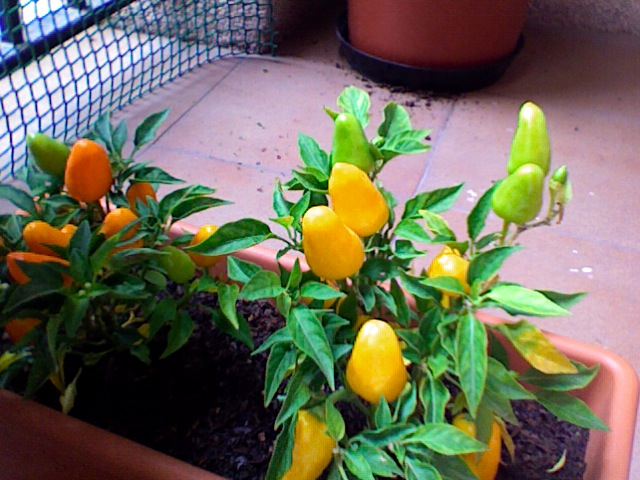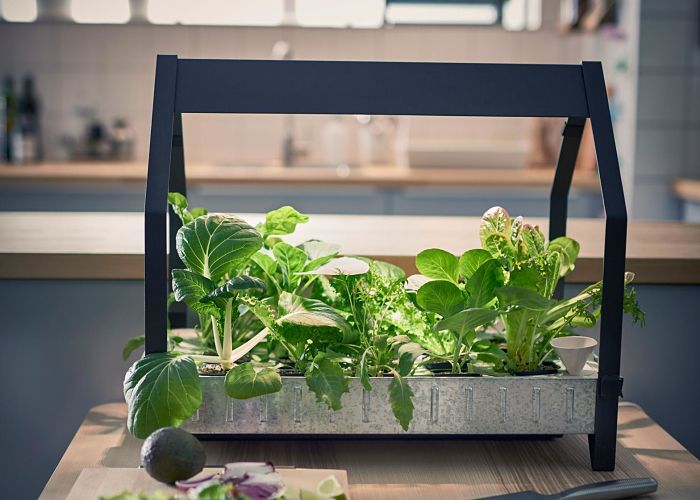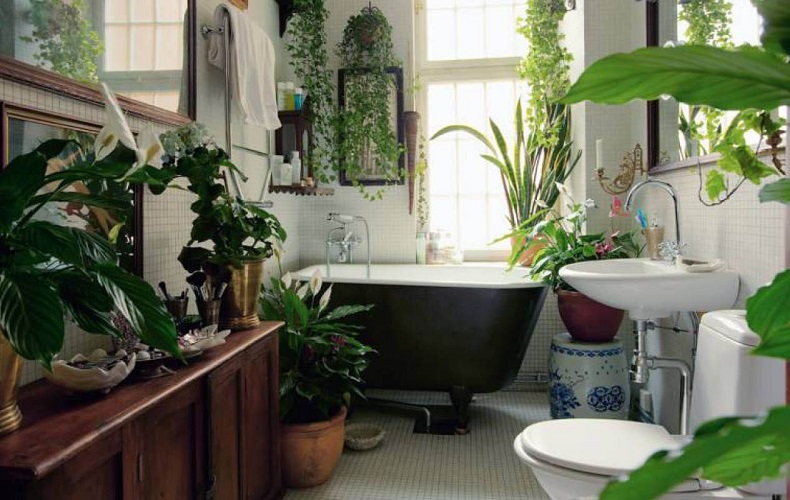Winter, with its freezing temperatures and cold winds, can be a difficult time for gardeners and their plants. With these tips you will make the garden and your plants have the best possible time despite the cold.
 During winter temperatures, buds and flowers wilt and die, and plants that experience severe frosts often end up battered and with unsightly brown spots.
During winter temperatures, buds and flowers wilt and die, and plants that experience severe frosts often end up battered and with unsightly brown spots.
Even evergreens can struggle if you don’t know what you are doing.
Gardening tips for the winter months
Here are 10 useful tips to maintain your garden in this cold season.
1. Before the soil freezes, make sure you water your plants
It will be much easier for the plants to absorb it before the ground receives the frost. This is especially important for evergreens.
2. Use an old cover or sheet
To cover plants with buds or open flowers. Usually this will be enough to keep the flowers protected from freezing and from getting damaged or falling off. Just be careful not to use plastic, because when the sun comes out, it can cause the plants to cook as if they were in an oven.
3. Protect your pots too
It’s not just the plants you need to worry about, some pots can break in freezing temperatures unless you give them some protection. One of the best things we use is burlap. Wrap it around the pot and tie them with waterproof string.
4. Maintain a good temperature for the roots
Try to keep the temperature of the roots of the plants stable to avoid damage from heating and rapid cooling. How? By using organic mulch around them – it is especially useful for roses and perennials, organic mulch can be made from the following wastes: they can be crop residues such as: beans, peas, wheat chaff, barley, etc.
5. Group the plants
This will help you limit the damage caused by high winds, as the plants will slow down the gusts. In addition, by keeping them close, it provides greater insulation from the cold.
6. Continue pruning
Just because trees and shrubs are leafless doesn’t mean you should stop. You need to prune so you can get rid of dead branches, waterspouts, and crossing branches. It may not seem problematic now, but it will be once the leaves start to grow again.
7. Use bubble wrap for potted plants
Unlike plants that are rooted in the ground, the roots of potted plants are less than an inch apart from the frigid air. To give your potted plants some extra insulation, cover the container with bubble wrap before adding the soil and plant. For clay pots, this also helps keep moisture in.
8. Don’t fertilize in winter
The cold should be a time for your garden plants to rest and, for lack of a better term, hibernate. New growth should not start until spring, when the soil warms up. If you try to force this by using fertilizers on them, any new growth that occurs is likely to be eliminated by severe frosts, ice storms, and even the low temperatures themselves.
9. Do not water with ice water
The water with which the plants are watered should not be too cold, but rather warm. In this way, the effects of low temperatures are mitigated and the plant is helped to recover from the cold.
In the event of snow, it must first be removed from the plants and wait to water when the sun heats up. In this way, the water accumulated on the plants is prevented from freezing due to low temperatures.
10. You may need to bring fewer resistant plants indoors
Some young plants are not meant to be outside in the harsh winter, so plan ahead and make sure you have a place for them. It might be a conservatory, a greenhouse, or even just a room in your house that looks pretty good. Wherever you put them, you want to make sure they receive bright, indirect light for at least five hours a day and are not near heating vents or bills of exchange.
And before they bring them in (especially if you’re taking them into your home), use an insecticidal soap to spray the leaves and a pet-and insecticide flood-sure people to water them. This should kill any bugs you don’t want in your home.







